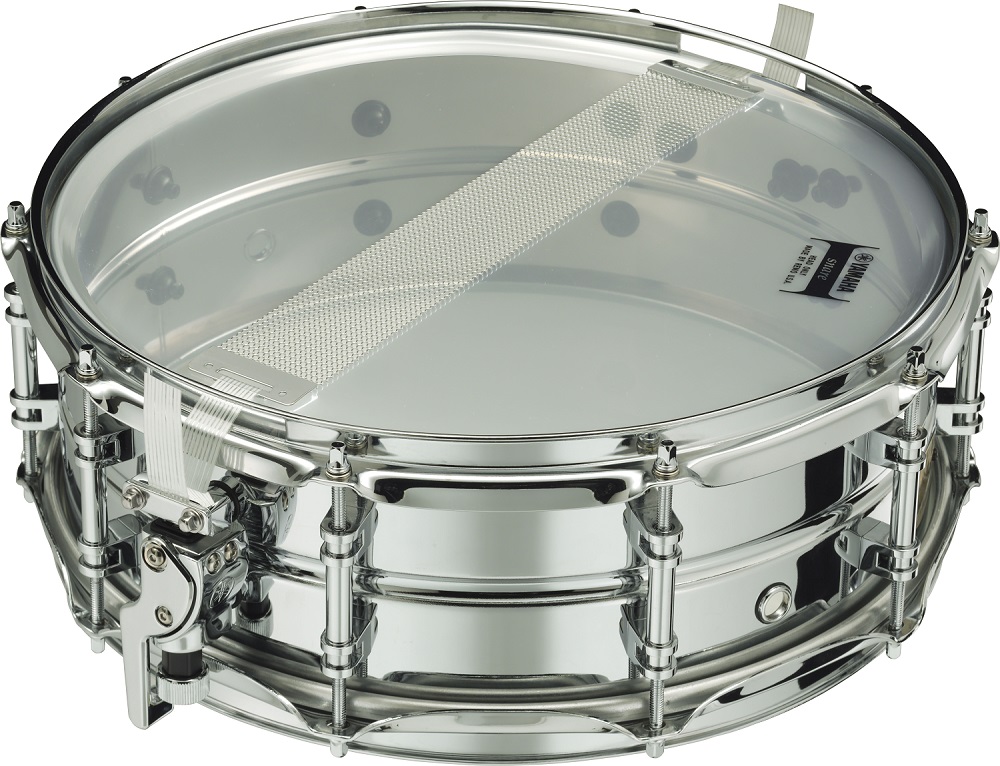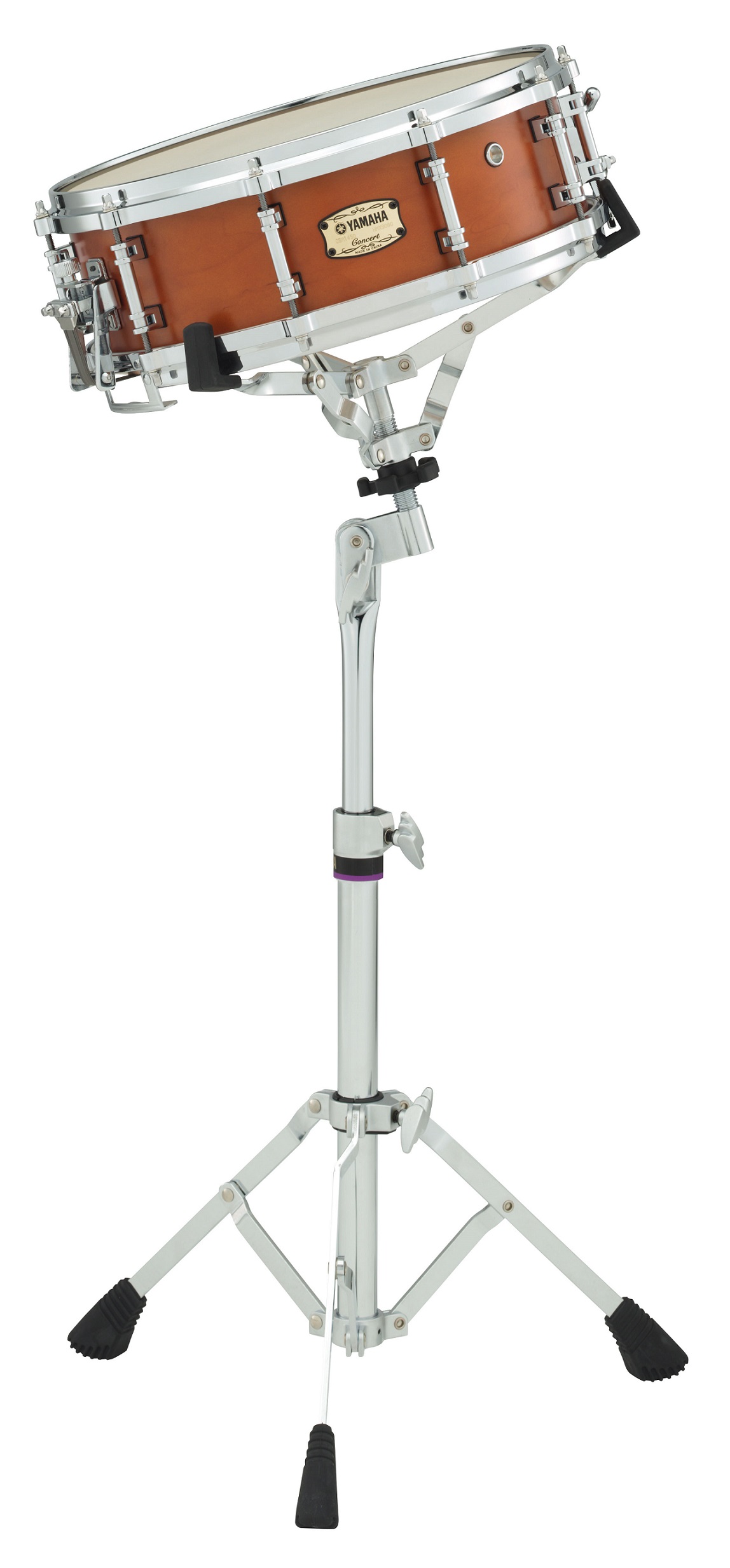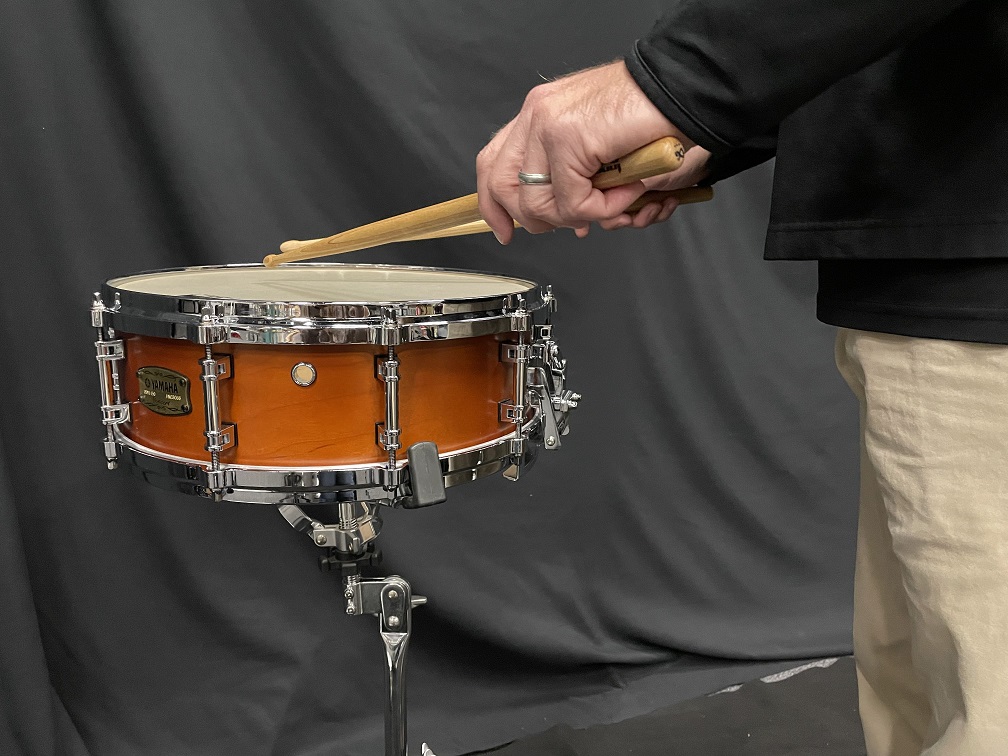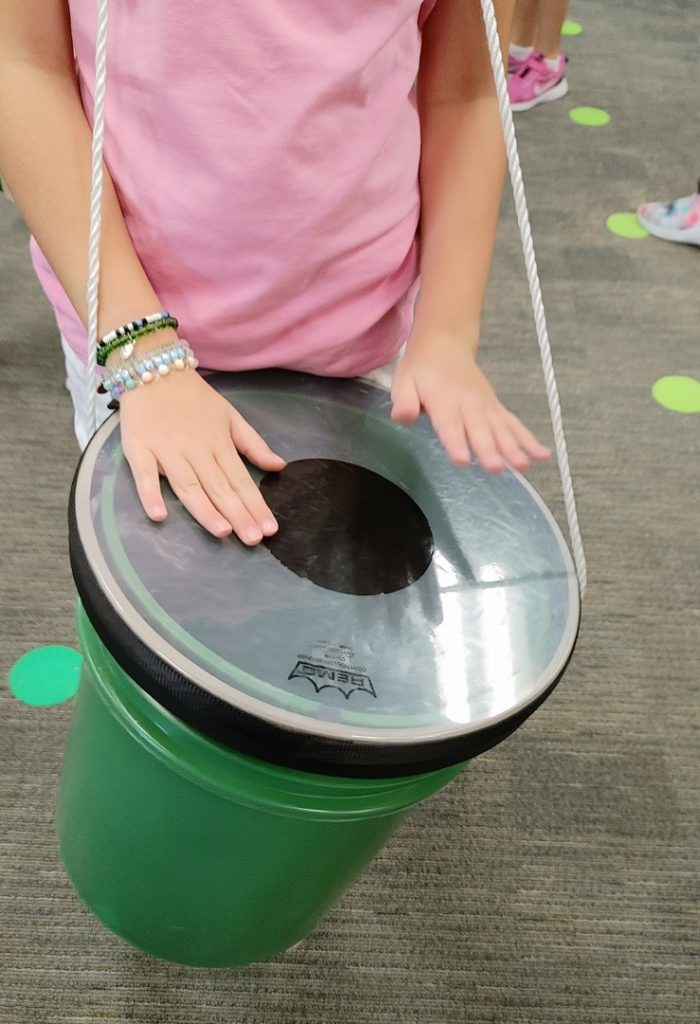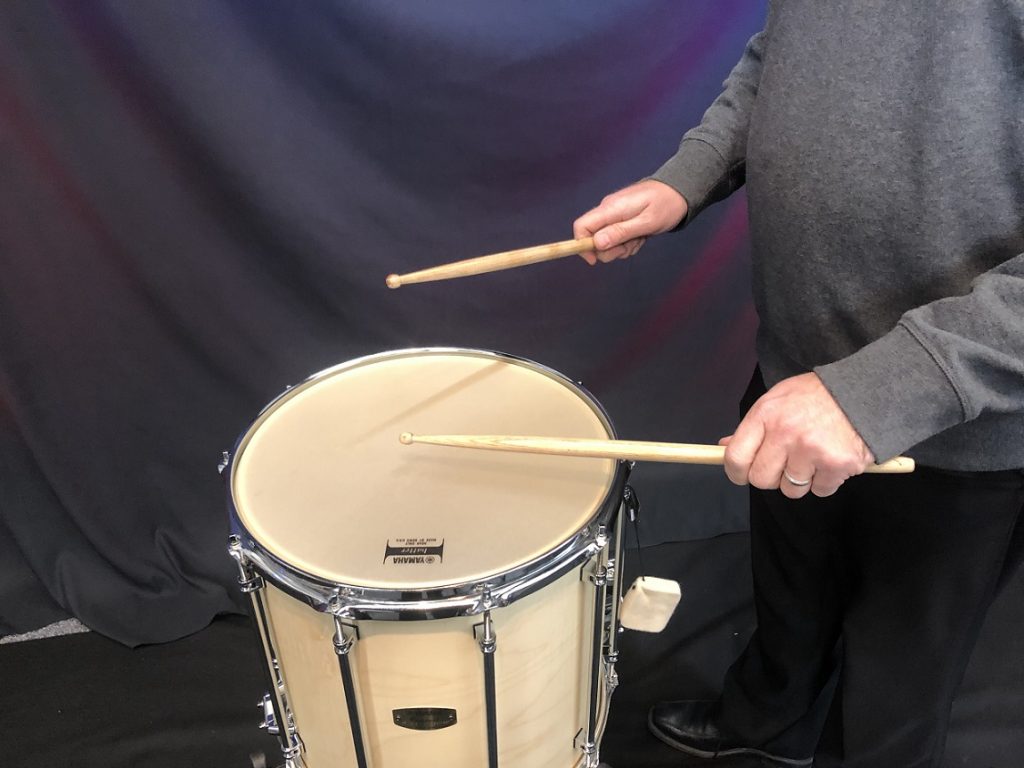Enhance Snare Drum Performance with Instrument Selection, Preparation and Tuning
You can improve and enhance your snare drum performances with instrument selection, preparation and tuning.
I clearly remember the first time I heard – or rather, felt – a snare drum. It was during the annual Memorial Day parade in my hometown of Montville, Connecticut, and I was no more than 5 years old.
 As the parade floats passed by my family, I could hear something rumbling and sensed a quickening of energy from just over the hill to our left. It was the high school marching band! As the students emerged before us, the crisp, throaty timbre of early 1980s marching snare drums resonated to a fever pitch throughout my entire body. I’ve been chasing this feeling ever since.
As the parade floats passed by my family, I could hear something rumbling and sensed a quickening of energy from just over the hill to our left. It was the high school marching band! As the students emerged before us, the crisp, throaty timbre of early 1980s marching snare drums resonated to a fever pitch throughout my entire body. I’ve been chasing this feeling ever since.
The snare drum occupies a unique place in Western music in that it exists in a variety of styles: concert band, orchestra, traditional rudimental drumming, contemporary marching percussion, percussion ensemble and all of the styles relating to drum set. It often serves as the technical foundation for young percussionists before they branch off to other instruments. Even as percussionists are often separated by specializations and stylistic interests, most of us have at least the snare drum in common.
As there is no shortage of articles written on snare drum playing techniques, grips and methods for the developing young player, I would like to discuss how instrument selection, preparation and tuning work together to enhance a performer’s sound and how sound can be changed to suit different playing situations. Although the technical control of the snare drum rests in the hands of the percussionist, the creativity and fun of playing this instrument is increased when the ears and mind are trained as well.
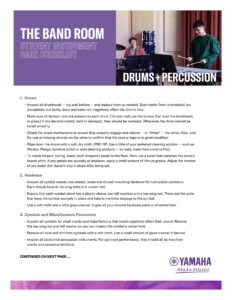
Download this Yamaha Drums and Percussion Care Checklist for Students now!
Instrument Selection
If your school music room or band/orchestra hall has more than one snare drum, you have a choice! Listen to each drum and imagine what style of music it would best serve. If you’re not sure, listen to recordings and watch videos of others playing the same music.
Take note of the size of the drum and the material from which the shell is constructed. Typically, a drum with a metal shell will produce a brash, resonant sound – appropriate for a large orchestra or band passage (think “Star Spangled Banner” or Shostakovich’s “Symphony No. 10”). On the other hand, a drum with a wooden shell is more subdued, mellow and perhaps articulate (Gould’s “American Salute”).
The standard snare drum size is 14 inches wide and 6 inches deep – with a shallower piccolo-sized drum creating a higher pitch and a deeper field drum dimension creating more of a roar that would be appropriate for a Sousa march.
Instrument Preparation
While the shell and dimensions of a drum are unchangeable, many variables in how a drum can be prepared (specifically drumheads, snare and muffling preparations) can greatly affect its sound. In fact, a less expensive snare drum can often be transformed into a quality-sounding instrument if these factors are carefully considered.
For concert band and orchestra playing, a coated batter (top) head will give an appropriate balance of articulation and resonance, while clear plastic is more appropriate for concert toms. A clear plastic snare side head often works well on the bottom of the snare drum, allowing the snares to resonate and the drum to sing.
Snare selection also greatly affects the characteristic sound of the instrument. Wire snares allow a resonant, washy sound, while cable or gut snares produce a crisp, articulate effect.
Once snares have been installed on the drum, experiment with the tension to achieve the desired response and sound.

External dampening can be used to change the sound of a snare drum. These are available commercially, often as gels that stick to the batter head or materials that can be placed on the instrument. I find that a standard handkerchief provides a low-cost option for dampening. It can be folded and placed on various spots on the drumhead to achieve a variety of options that balance articulation and resonance. For example, a handkerchief folded into a small square and placed on the back edge of the drum will produce a different effect than one spread out across a wider portion of the playing surface. A simple binder clip can be used to fasten the cloth to the rim of the drum, preventing it from sliding around while playing. This is a great option if you only have access to one instrument but want to create a variety of different sounds.
Tuning
Tuning matters! Even in a beginning band or orchestra class, wind and string students are reminded of the importance of pitch and work to achieve proper tuning. Although a practice drum pad is a portable, quiet and cost-effective resource for percussionists, it does not require students to learn about the importance of proper tuning. Have your students perform, at least part of the time, on actual drums!
Snare drum tuning is not an exact science, but two main concepts should be explored: articulation and resonance. If a drum is lacking articulation and crispness, try tuning the bottom head a half-step higher than the top head. This is particularly relevant with deeper-shell drums, such as marching snare drums and concert field drums. Pitches A and B-flat are good starting points but use your ear to experiment and find the combination that works best. If you desire a lot of resonance, especially from a shallower-shell drum, try using the same pitch for both top and bottom heads. Consider using unison A pitches. The sympathetic vibration of the unison pitches will allow greater resonance. Again, the key is to use these ideas as a starting point and experiment because factors such as shell depth and thickness, snare selection and head thickness factor greatly into drum response.
Drum selection, preparation and tuning are relevant throughout percussion students’ careers — from their first experience in the school’s band or orchestra to more advanced studies when they acquire more instruments and branch out into more performing situations and styles. As music educators, we must teach students how to create the best possible sounds, but we must also open their minds to the creativity and experimentation that makes percussion instruments fun!
Check out these videos about Yamaha concert snare drums:










